Carrots are a fall favorite and kitchen staple. And for most of my life I never thought twice about the carrot greens. I was so used to buying the big bag of carrots, I didn't even realize the greens were edible.
When I did buy carrots with greens, I was asked by the cashier if I wanted them removed. No wonder I never ate them...

It's also been rumored that carrot greens are poisonous. Carrot tops can be quite bitter which may have contributed to the rumor - as bitterness has often been associated with poison.
Carrot tops also look very similar to hemlock, which is poisonous when ingested. But don't fret, unless you're foraging, you're unlikely to encounter this poisonous hemlock. Carrots and carrot tops, on the other hand are not poisonous at all. Just another delicious vegetable to add to your diet!
Nutrition & health benefits
It's common knowledge that carrots are great for eyesight. That's because they're loaded with Vitamin A and plenty of antioxidants.
Carrots come in purples, whites, yellows and oranges. With each color variety providing a different antioxidant that promotes your health.
Antioxidants are molecules in our food - especially prominent in fruits and vegetables - that prohibit the oxidation of molecules in the body. Oxidized molecules (also known as free radicals) are associated with many illnesses and diseases.
Carrot greens contain a variety of high quality nutrients, including vitamin C, potassium, magnesium and vitamin K.

Growing season and location
In Colorado, the carrot season technically spans from July to November, offering plenty of chances to get fresh carrots into your diet.
Be on the lookout for carrots in the spring, which tend to be sweeter than their summer counterparts. But carrots are very hearty, and can even be grown through the winter.
Check out this helpful seasonal food guide to see when carrots are in season for you!
How to buy and store to keep longer
Store carrots in water, and change the water every couple of days. Or completely immerse them in a container of water. This also works when the carrots become a bit limp - put them in water and they'll perk right back up again.
You can also store carrots in a sealed plastic bag to keep them fresh for longer. Wash and reuse the bag if you're going this route! Whatever method you're using, when stored properly carrots can stay good for up to a month.
Make sure to store carrot roots and tops separately - the greens suck up the moisture and will leave the carrots limp and dry. This is why most stores don't sell carrots with greens attached.
Wrap the tops in a damp towel and store in the fridge. Use the carrot tops shortly after purchase, before they begin to wilt. If you end up with wilty carrot tops, don't toss them. Use them in a delicious carrot top pesto instead!
When buying carrots, look for carrots that are firm, smooth, and relatively dark in color. With greens that look bright and fresh.
The carrot roots can also be washed, cut up, blanched and frozen.
Carrots are fairly inexpensive, and they're super nutrient-dense and very versatile.

How to use each part
Thoroughly wash the carrots (or peel and compost the carrot peels). Though I recommend simply washing your carrots and keeping the peel on. Every nutrient helps, and the peels have plenty of good ones.
Carrots from later in the season (October/November) can have bitter tasting peels. So for later season carrots, peeling them should get rid of the bitterness.
Don't peel your carrots. Keep the peeling on, as it provides extra nutrients and fiber. Carrots early in the season (July/August) tend to have a sweeter peel. While carrots with a larger diameter will also have a sweeter flavor.
Carrots can be eaten raw or cooked. Enjoy them raw as a snack, chop/slice them up and roast them, or shred them and use in a slaw or salad. They can be steamed, roasted, grilled, sautéd, or boiled.
Carrot tops taste somewhat like a mix of carrots and parsley. The greens are lacy, feathery, and have a grassy smell and flavor. They can be eaten raw in salads (though they can be quite bitter), blanched, sauteed with garlic and olive oil or used in soups. Add the carrot greens to soups or try a carrot top pesto.
Recipe ideas
- Raw: Enjoy raw carrots with hummus, carrot dip, or with a dressing.
- Shred, julienne, or grate for a salad or slaw.
- Save the carrots ends to make your own veggie scrap stock. Store the ends in a freezer bag or container. Keep frozen until you're ready to make stock.
- Simple roasted carrots are a personal favorite. Caramelizing carrots brings out their natural sweetness.
- Ever had carrot chips? Delicious.
- Carrots be pureed into a soup, shredded for a slaw, or enjoyed for breakfast in our carrot cake oatmeal.
- Roasted for a side dish like Harissa Roasted Carrots.
- Use carrots in a mirepoix.
- They can can even be pickled.

Now for the carrot greens options!
- Carrot top pesto
- Carrot green chimichurri
- Use them instead of another herb in dishes like tabbouleh
- Use as a green/herb in pasta
- Add to stock
- Sauté with olive oil and garlic
- They can be used just like you'd normally use parsley
Our favorite carrot recipes
Compost
There really shouldn't be anything left to compost - except for maybe the carrot ends that were used in stock, but if there's anything left...compost it!
Let's change our wasteful mentality and use all parts of the carrot to create something delicious instead!
What are your favorite recipes for using up all of the carrot?








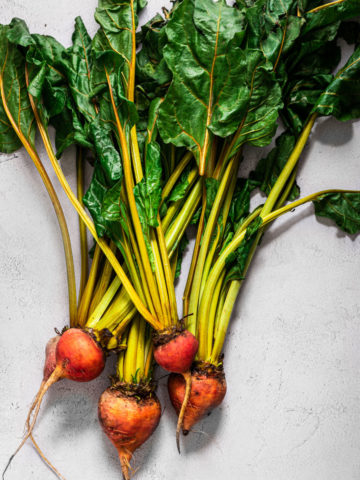
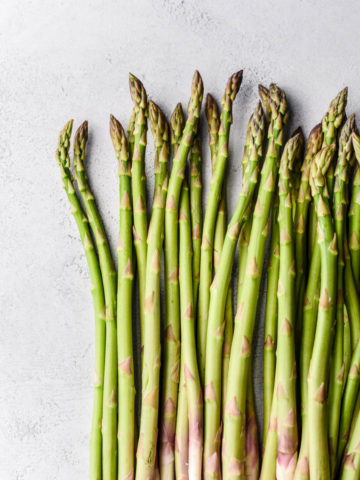
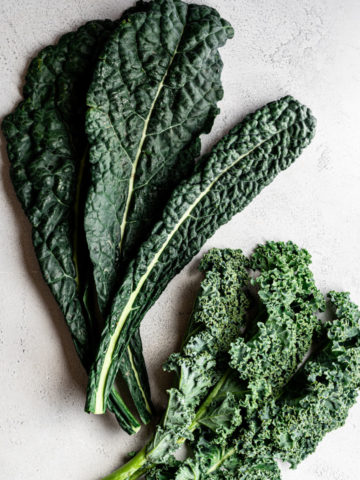
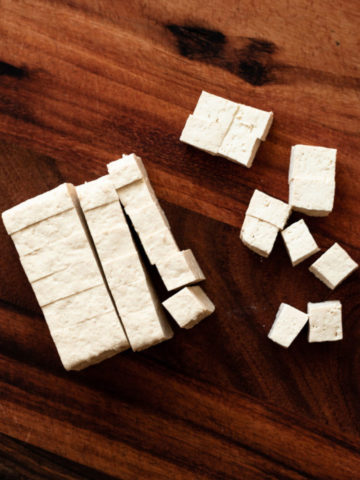
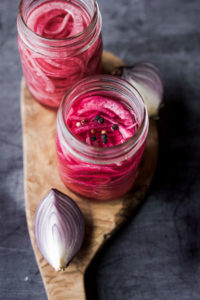
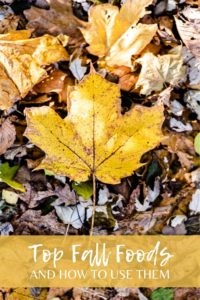
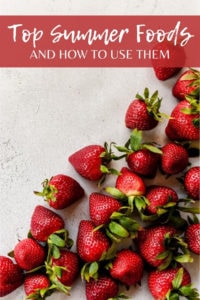
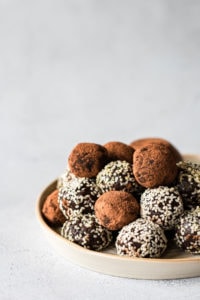
Leave a Reply